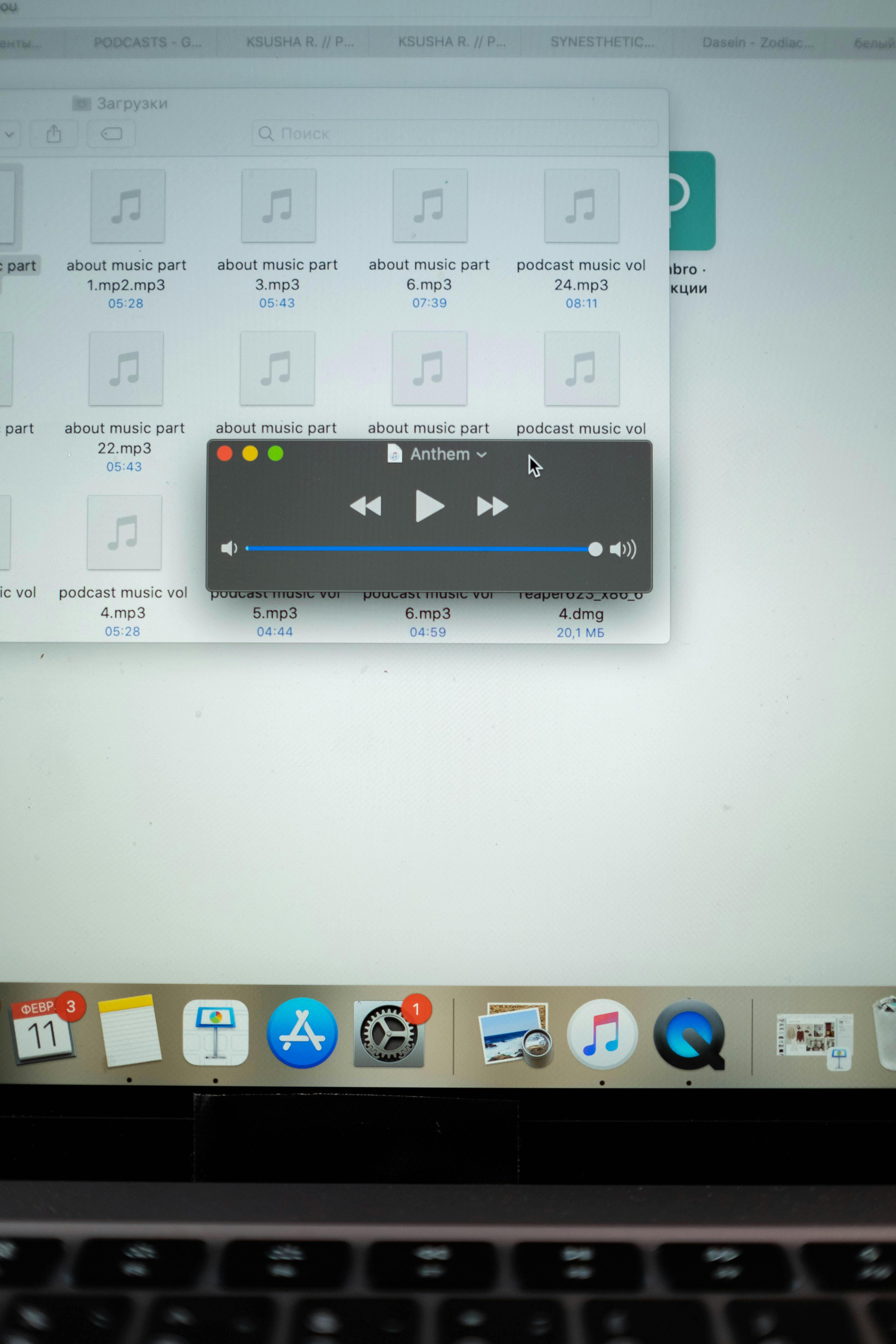
Introduction
Apple Music recently celebrated a significant milestone, its 10th anniversary, alongside the unveiling of the Apple Music Studios in Culver City, Los Angeles. This innovative venture marks a pivotal moment in the evolution of music streaming, signaling a shift from mere content consumption to an immersive and dynamic creative environment for artists and creators alike. In this blog post, we delve into the features, strategic significance, and implications of Apple Music Studios for the music industry.
What’s in Apple Music Studios?
The Apple Music Studios are designed not just as a workspace but as a comprehensive ecosystem for today’s creators. The facilities encompass:
- Two state-of-the-art radio studios, equipped with cutting-edge spatial audio technology to facilitate live interviews and impromptu performances.
- A vast sound stage spanning 4,000 square meters for filming, live sets, and fan-engaged events.
- Podcasting spaces with editing suites and a social media content lab aimed at fostering storytelling through multiple formats.
- A curated cultural exhibit showcasing the history of Apple Music and the milestones of major collaborations within the music industry.
Apple’s Commitment to Artists
The advent of Apple Music Studios signals Apple Music’s ambition to transform from a streaming service to a full-fledged cultural and media brand. This is crucial as artists now increasingly operate as content creators, leveraging a wide array of production tools available under a single roof. This includes everything from recording and filming to full multimedia production.
A spokesperson for Apple succinctly articulated this vision: “Apple Music Studios is more than recording – it’s about giving artists a platform to shape their stories, not just their sound.” This statement encapsulates the essence of what Apple Music Studios aims to achieve.
Strategic Location: Culver City
The choice of Culver City as the location for these studios is strategic, placing Apple Music at the epicenter of the entertainment industry, alongside major players like Sony Music and Amazon MGM. This proximity allows for collaborations and interactions that can spark creativity and enhance the overall creative process.
Additionally, this move reinforces Apple’s dedication to in-house content creation, following its previous investments in platforms such as Apple TV+ and Dolby Atmos on Apple Music. These initiatives reflect Apple’s commitment to creating a robust and integrated entertainment experience.
A Decade of Apple Music
Launched in 2015, Apple Music has evolved into a global powerhouse with over 100 million subscribers. Initially born from the legacy of iTunes, it distinguished itself by focusing on exclusive artist content, beginning with the likes of Beats 1. This unique offering separated Apple Music from algorithm-driven platforms and established a niche for artist-centric experiences.
The introduction of Apple Music Studios is a natural progression in this evolution. It integrates streaming, live performances, production, and social media, creating a multifaceted platform that enriches the music narrative.
Implications for the Industry
The investment in physical studios signifies a transformative future where streaming platforms can curate experiences rather than simply distribute content. This new model creates various implications:
For Artists: The studios offer direct creative access to Apple’s expansive ecosystem, empowering artists to produce and share their work more effectively.
For Fans: The immersive nature of the studios promises fans an enriched experience, including behind-the-scenes content and live events.
For the Industry: This move puts pressure on competitors like Spotify and Amazon Music to enhance their own offerings and create an equally integrated environment that attracts artists and fans alike.
Conclusion
In conclusion, the launch of Apple Music Studios represents a landmark development in the music industry. By creating a dedicated space for artists to collaborate, produce, and innovate, Apple Music is not only enhancing its own brand but also reshaping the future of music creation. As technology continues to evolve, such creative hubs may become essential for artists looking to thrive in an increasingly competitive landscape. The future certainly looks bright for Apple Music and the entire music industry as we continue to see these innovative platforms emerge.